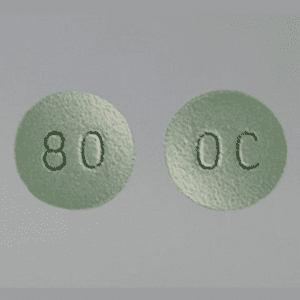Where to buy Cocaine(Coke) powder, Herion and Other Research Chemicals Drugs from Bitcoin Medelin Cartel online with Bitcoin

Where to buy Cocaine(Coke) powder, Herion and Other Research Chemicals Drugs from Bitcoin Medelin Cartel online with Bitcoin

Where to buy Cocaine(Coke) powder, Herion and Other Research Chemicals Drugs from Bitcoin Medelin Cartel online with Bitcoin
Buy Painkiller relief pills USA, Pain management is an aspect of medicine and health care involving relief of pain (pain relief, analgesia, pain control) in various dimensions, from acute and simple to chronic and challenging. Most physicians and other health professionals provide some pain control in the normal course of their practice, and for the more complex instances of pain, they also call on additional help from a medical specialty devoted to pain, which is called pain medicine.
According to the Centers for Disease Control and Prevention, doctors are prescribing more painkillers now than they have ever before, writing three times as many opioid prescriptions as they were 20 years ago (CDC). How to buy Oxycontin pain pills USA
According to the National Institutes of Health, chronic pain affects more than 100 million people in the United States (NIH). Doctors who treat pain are in a difficult position as a result of this. Opioids have serious adverse effects, such as mental fogginess, nausea, and the risk of respiratory depression, which can lead to death. There’s also the possibility of becoming physically reliant on them.
What does this signify for doctors who frequently administer opioid medicines to patients with chronic pain? how to order pain pills Georgia
“It means we’ll have to be a lot more careful and creative about how we treat chronic pain,” says Gary Kaplan, DO, founder and medical director of the Kaplan Center for Integrative Medicine and author of Total Recovery: Solving the Mystery of Chronic Pain and Depression.
“We treat the item, not the person, far too frequently.”
The findings also suggest that opioid medicines are best used for short-term pain, such as post-surgical pain, rather than for chronic pain issues, according to Dr. Kaplan. click to buy Oxycontin online
Injections, muscle relaxants, and non-narcotic painkillers such as non-steroidal anti-inflammatory drugs (NSAIDs) are all alternatives to opioids, according to Stamatis.
“Science is also teaching us that therapies like acupuncture, meditation, and diet play a critical role in the management of chronic pain and are far too neglected,” adds Kaplan.
Exercise can also be beneficial. Stamatis explains, “Physical exercise helps rebuild the muscles surrounding whatever is affected so you can get back to your life.”
It all starts off so innocently. A sports injury, an accident, surgery, or a work-related occurrence are all possibilities. The doctor prescribes pain medicine, and for the most part, that’s the end of it. The patient takes it as needed and then stops taking it once they are feeling better.
Stopping may not be an option for people with a hereditary predisposition to substance use disorders (SUD). They are unable to do so. As a result, a perilous journey down the steep slope of prescription pain drug abuse starts. Worse, because of the high cost and difficulty of obtaining medicines, some people may switch to illicit narcotics, increasing the danger of overdose.
Showing all 7 results






